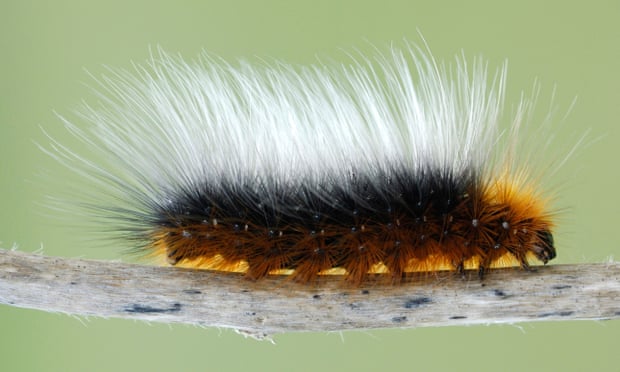For the sticklers who say there's really no such thing as a Black Swan event, in the way Nassim Taleb describes it, well, how about 'big surprise?' What creates a big surprise for humanity at large? An unforeseen convergence of situations coupled with chain reactions or domino effects associated with one or more of the situations.
The massive die-offs among bird and insect populations are not in themselves unimaginable. And taken singly the reasons that scientists have offered to explain the massive number of deaths are not hard to imagine. But the big surprise is the number of reasons for these die-offs and how they are converging.
In November Sputnik reported on a new study from Tufts University that found what seems to be a significant causal connection between insect die-offs and nighttime artificial light. The study's authors concluded on a hopeful note: by reducing reliance on artificial light and shielding outdoor lights, the worst of the problem should be relatively simple to solve.
Ah but those scientists in the United States weren't mucking around in English cornfields with Simon Leather, a professor of entomology at Harper Adams University in Shropshire. Last year, Professor Leather delivered some very bad news to a reporter for the Guardian's article Where have all our insects gone?
The fact that insect biomass has been declining at a steady rate for almost three decades strongly suggests some profound influences must be at work. Most entomologists believe habitat change lies at the heart of the problem. “There have been massive alterations to the way we use the land and it is hard not to believe these are closely involved in what we are seeing,” said Leather.
As he points out, intensively farmed wheat and cornfields support virtually no insect life, and this means that as intensive agriculture spreads there are fewer and fewer islands of natural habitat left to support them.But, but, intensive agriculture is going to save the human race! Do try to keep up, Professor Leather.
Now you might be happy to know that not everyone is seeing apocalypse around the corner. Consider this November article for Phys.org, Scientists find no evidence for 'insect Armageddon' but there's still cause for concern. However, those scientists, who did their research at the University of York, were focusing on their little patch -- namely, moths. Meanwhile, to return to the Guardian report, scientists in Scotland were nailing down a connection that the moth researchers hadn't been looking for:
Further confirmation of the link between insect and bird numbers was provided last week with the publication of a study by Aberdeen University researchers which showed that the plunge in numbers of cuckoos in some areas of England was closely linked to declines in tiger moth caterpillars on which cuckoos feed.
“There is now a lot of correlational evidence to show that when certain insects do badly, very often the birds that feed on them get into trouble as well,” said David Gibbon, of the RSPB.Methinks all this is also known as Complexity Theory. Historians are learning that rarely is there one single event that brings down a civilization or society, although there can be a final straw, a single calamitous event suddenly revealing the weaknesses created by many convergences and chain reactions.
But can the birds and the bees bring down the entire human race? One thing is by now clear. We're going to learn the answer very soon.
*****
Above photograph of a garden tiger moth caterpillar by H. Lansdown/Alamy, published in the Guardian report.
********

No comments:
Post a Comment